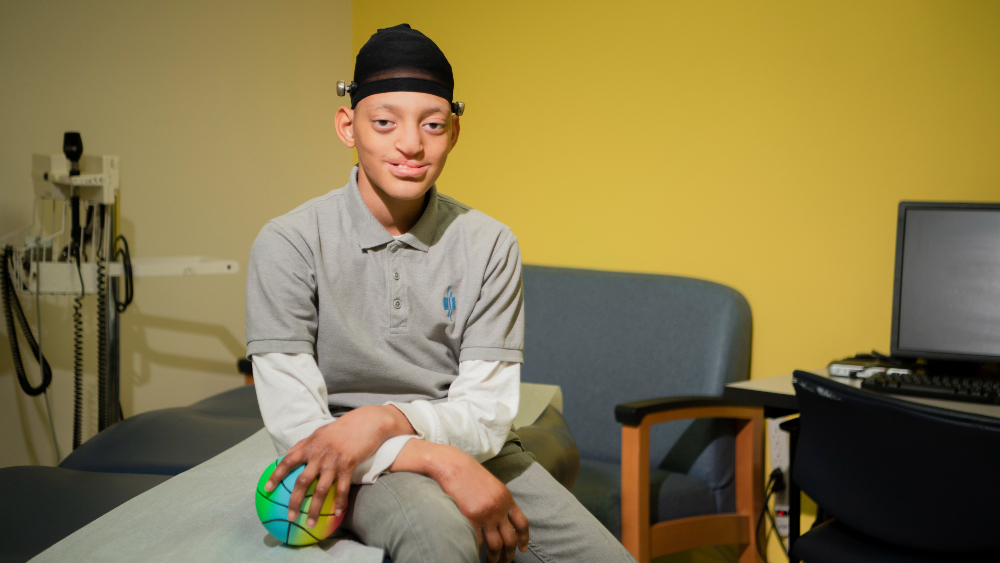Condition
Pediatric Hemifacial Microsomia
What is hemifacial microsomia (HFM)?
Hemifacial microsomia (HFM) is a condition in which the tissue on one side of the face is underdeveloped, affecting primarily the aural (ear), oral (mouth), and mandibular (jaw) areas. Sometimes, both sides of the face can be affected and may involve the skull, as well as the face.
Hemifacial microsomia is also known as Goldenhar syndrome, brachial arch syndrome, facio-auriculo-vertebral syndrome, oculo-auriculo-vertebral spectrum, or lateral facial dysplasia.
What are the different types of HFM?
The deformity in hemifacial microsomia varies greatly in the degree of severity and in the area of the face involved. The disorder varies from mild to severe. In the more severe cases, the following structures are underdeveloped:
-
The external and middle ear
-
The side of the skull
-
The thickness of the cheek tissue
-
The upper and lower jaws
-
The teeth
-
Some of the nerves that allow facial movement
In the milder forms, only some of the structures are affected and to a lesser degree.
 Aasha's Rare Gift Will Help Other Babies Grow up Healthy
Aasha's Rare Gift Will Help Other Babies Grow up HealthyTesting the descrption field
Departments that Treat Hemifacial Microsomia

Rare Disease Institute
Children’s National Rare Disease Institute (CNRDI) is a first-of-its-kind center focused exclusively on advancing the care and treatment of children and adults with rare genetic diseases.




